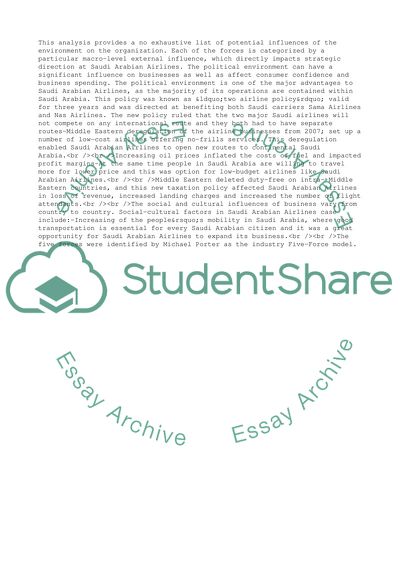Cite this document
(The Effect of the Five Forces of Industry Competition on Saudi Arabian Case Study, n.d.)
The Effect of the Five Forces of Industry Competition on Saudi Arabian Case Study. https://studentshare.org/business/1729375-b202atma01
The Effect of the Five Forces of Industry Competition on Saudi Arabian Case Study. https://studentshare.org/business/1729375-b202atma01
(The Effect of the Five Forces of Industry Competition on Saudi Arabian Case Study)
The Effect of the Five Forces of Industry Competition on Saudi Arabian Case Study. https://studentshare.org/business/1729375-b202atma01.
The Effect of the Five Forces of Industry Competition on Saudi Arabian Case Study. https://studentshare.org/business/1729375-b202atma01.
“The Effect of the Five Forces of Industry Competition on Saudi Arabian Case Study”. https://studentshare.org/business/1729375-b202atma01.


